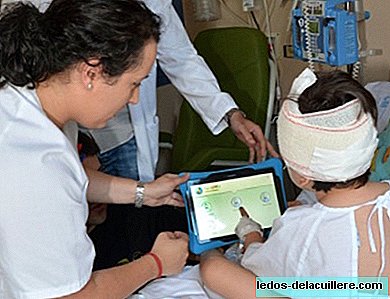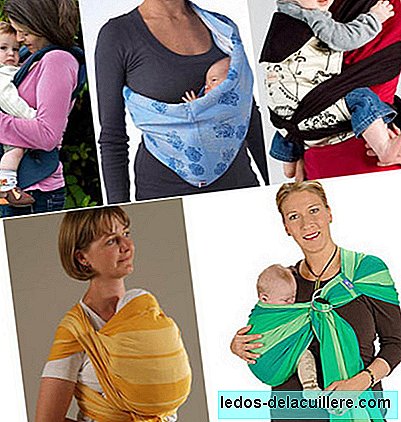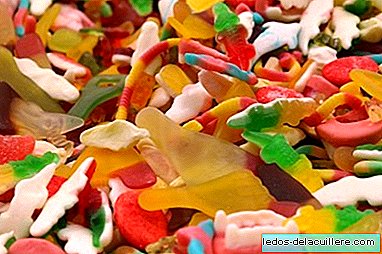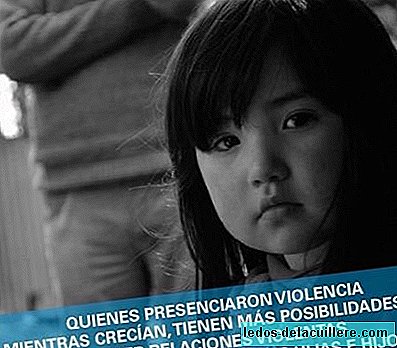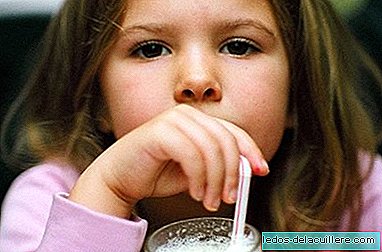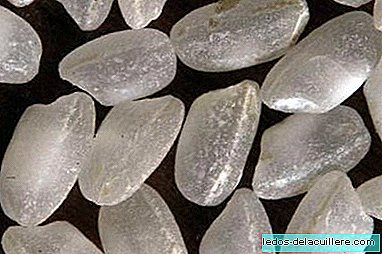
The cereal that usually begins complementary feeding is rice. It is a very complete food and that will be basic in the feeding of children throughout their childhood, for its ease of preparation, its versatility and, very important, because children often like it in many presentations, from the beginning Dishes to desserts.
Breastfed babies should, according to the WHO, maintain exclusive breastfeeding up to six months, but in some cases complementary feeding can be introduced after four months, always on the recommendation of the pediatrician.
In breastfed babies, if the mother must work and milk cannot be extracted, gluten-free cereal can be included after four months, better than artificial milk, which is more allergenic. In babies who take a bottle, the early introduction of cereals is also assessed in specific cases.
We will detail information about its cultivation, history, composition, preparation, varieties and nutritional properties below:
Culture
Rice It belongs to the grass family. Its consumption is widespread throughout the world and occurs in humid and temperate areas. Its cultivation is carried out in areas flooded with water.
It is the second most consumed food in the world and for a third of human beings, it is the basis of their diet, especially in Asia.
China is the largest producer in the world, as it grows 30% of the world's rice. Between China and India, they produce half of the world's rice, and they are also their biggest consumers because they concentrate a third of the population. Brazil is the first non-Asian producer and among European countries, it is Italy that produces the most quantity.
Rice origin
Rice is native to tropical Asia and its cultivation spread throughout Asia very anciently. The Arabs introduce it in Europe during the Middle Ages, surviving in Spain areas of great rice tradition since then.
Introduction of rice in food
On the recommendation of the pediatrician can be introduced rice, as gluten-free cereal, from six months and in specific cases from four months, never before, because the maturation of the baby's digestive system previously only admits, without risks, adequate breast milk or substitute.
To introduce rice there are different possibilities. There are porridge prepared, with hydrolyzed cereal, which, mixed with breast milk, artificial milk, or simply water if the child drinks the milk in another way, which are safe and comfortable. However, we must monitor the composition of these preparations and avoid, whenever possible, those who have added sugar, preferring, in this and in all foods, those that come from organic farming, which ensure reliability and absence of pesticides and other chemicals in its production.
If we opt for natural cereal the preparation is also very simple. We can use cooked white rice, without salt, and spend it a lot to then beat it. We can also grind it and then cook it or buy, directly, rice semolina in the usual stores, being important to ensure on the label that they ensure that they cannot have contamination or contact with cereals with gluten in the manufacture.
Nutritional properties
Rice It contains carbohydrates, vitamins, minerals and amino acids. Its protein content is low and its caloric power, having hardly any fat, is low. It does not contain, as I said, hardly any fat, neither sodium nor cholesterol.
It is very digestive and also is not allergenic or contains gluten, a cereal protein that can cause allergies or intolerance, especially if it is included in the diet before it is recommended by the pediatrician. Celiacs, who can't take gluten, can take rice.
Further, riceIn general, it has very good properties in cases of diarrhea and to settle the stomach in all cases, so it is usually used especially in cases of gastrointestinal diseases.
As I had explained, for an important part of human beings it is the basis of food and we can eat it even daily, without any problem. The Japanese and the Chinese eat it every day and even at breakfast, using it as we use bread or other wheat derivatives.
Preparation
Rice can prepare in many ways. Cooked in a lot of water and then washed, it is loose and mixed with other foods without becoming attached. Cooked with the exact amount of water will be more or less compact depending on the cooking time. You can also fry the grain in fat before cooking it, making it looser and retains the flavors.
We can take it as a first course, in soups, paellas, rice dishes and mixed with vegetables. As a main course, croquettes and hamburgers, vegetables or meat, rice are delicious. For dessert, like rice pudding, it is a delicious sweet.
Composition
The main component of rice is starch, an easily digestible hydrate that provides about 350 calories per 100 grams. Its protein content is low, 7% maximum.
The content in minerals, fiber and vitamins It is higher in brown rice, which, although unusual in our kitchen, has very interesting nutritional properties for that reason and, as soon as the pediatrician allows, we can give it to children, it is also convenient for adults to consume it .
Starch, as a carbohydrate, is the main source of energy in our diet. It is recommended that half, at least, of our energy come from carbohydrates. It is a complex carbohydrate and is the compound with which plants store energy. In the case of rice, 90% of its calories come from carbohydrates.
Rice contains fiber, a component of the diet of great importance to prevent many diseases such as cardiovascular and cancer, so it should not be forgotten in infant feeding. The habit of healthy eating is grounded in childhood, and therefore, the use of whole grains is very convenient. White rice contains only 0.3 grams of fiber per half cup but the whole grain increases the proportion to 1.8 grams of fiber in the same amount of food.
The amount of protein and fat in rice is low but it contains linoleic acid, one of the most important fatty compounds, since the body is not able to synthesize it.
Rice also contains thiamine (vitamin B-1) and this compound, which the body needs to use glucose and to keep the brain and heart in good condition, cannot be stored by the body, so it is important to include it in The daily diet. Rice, counting half a cup, offers approximately 6 to 7% of the thiamine needed for the body.
Niacin is also used for glucose processing and we can obtain between 6 and 8% of the amount needed daily in half a cup of rice, depending on the variety.
Rice, always in greater quantity if it is integral, contains iron, vitamin B-2, phosphorus, calcium and vitamin E.
Varieties
Rice It has many varieties but these are divided into long, medium and short grain rice. The former are aromatic and are loose, so they are often used for salads and oriental dishes. The best known are basmati and jasmine, both delicious.
The medium grain rice, like the pump, has an intermediate cooking time, and in the case of the one mentioned, it has the peculiarity of retaining a lot of water without breaking.
The short-grain one, like the glutinous one, has a lot of starch and it is sweet and soft, so it serves to prepare dishes such as Italian risotto and creamy soups.
In addition, we can always opt for brown or steamed rice, which conserves more vitamins and minerals than those that have lost their protective layer.
Wild rice, delicious and crispy, is not a real rice, so we will discuss it in another subject.
Conclusion
Rice, in all its varieties and presentations, is a staple food for children, rich in hydrates and with an interesting composition of other nutrients.



